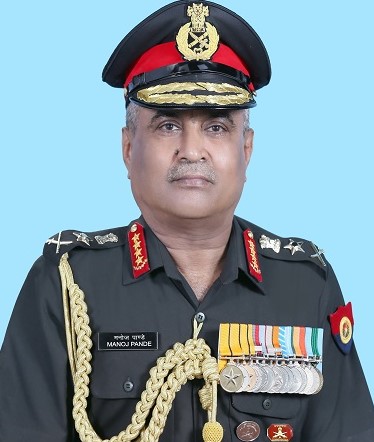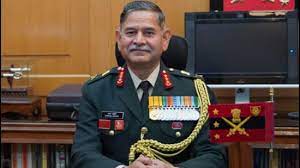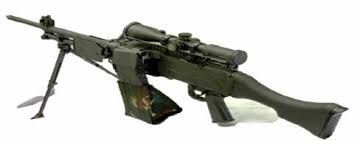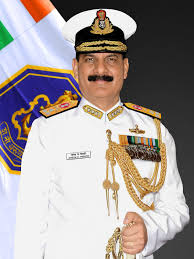The Indian Space Research Organisation (ISRO) is gearing up for a return lunar mission, where samples from the Moon will be brought back for the first time, officials from the agency said, setting the stage for the next leap in the country’s space programme after the success of the Chandrayaan-3 mission last year.
The mission is expected to take flight by 2027 or 2028, the officials said.
“We are currently focusing on return lunar missions, which might take shape by 2027 or 2028,” ISRO chairman S Somanath said.
The technology for such missions was tested during the Chandrayaan-3 mission including the hop experiment where the lander Vikram was powered again and landed at a spot different from its initial location of landing.
The propulsion module of the spacecraft also returned to the Earth’s orbit to test its capabilities for a return mission, the ISRO chief said.
On August 23 last year, the Indian space agency created history by successfully landing the Chandrayaan-3 spacecraft near the lunar south pole, a feat that had not been achieved by any other country.
The fourth lunar mission aims to collect samples from the lunar surface, demonstrate docking and undocking capabilities in the lunar orbit, demonstrate transfer of samples from one module to another, and to ensure that the module safely re-enters Earth and deliver the collected samples, senior ISRO officials said.
ISRO officials also said that unlike the previous Chandrayaan missions, the fourth mission will likely be launched in two phases, and on board two launch vehicles — Polar Satellite Launch Vehicle (PSLV) and the Launch Vehicle Mark-3, which was formerly known as the Geosynchronous Satellite Launch Vehicle Mk-3.
The mission will also have five modules this time — the propulsion module, descender module, ascender module, transfer module and re-entry module.
Like previous missions, the propulsion module will guide the craft till the lunar orbit; the descender module will help the craft make a controlled landing on the lunar surface just like the lander module did for Chandrayaan-3; after the mission experiments and sample collection, the ascender module will be relaunched and begin its journey back to Earth; the transfer module will eject the ascender module from the lunar orbit and detach itself before the module enters the Earth orbit from where the re-entry orbit will take over and guide the samples to Earth.
The Chandrayaan-3 spacecraft had only three modules — the propulsion module, the lander module and the rover module.
While the propulsion module ejected itself in the lunar orbit, the lander and rover module conducted a slew of experiments on the lunar surface.
ISRO’s heavier launch vehicle, LVM-3, is likely to carry three modules, while PSLV, which launched Chandrayaan-3, will launch two modules in the upcoming mission, the space agency said in its mission documents.





